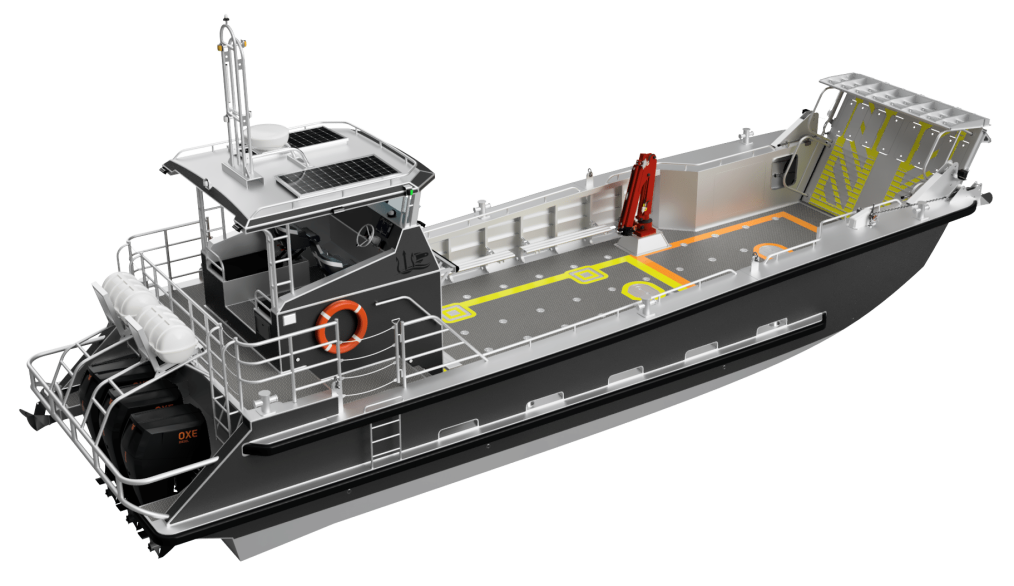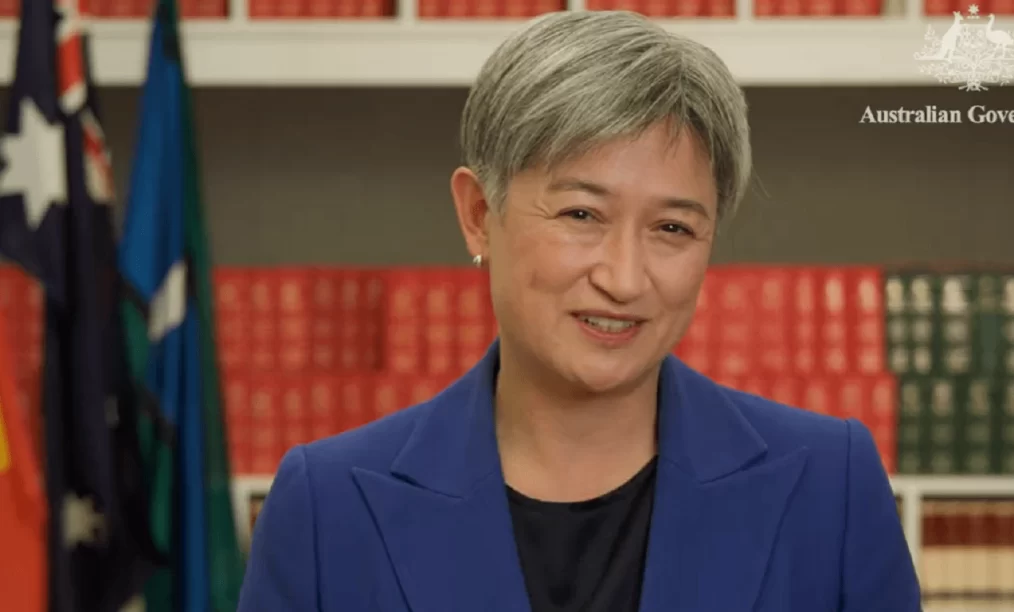Lawrence Pickering
18/10/1942 – 19/11/2018
Pickering was awarded two Walkley Awards with The Canberra Times for his work, one in 1971 and a second the following year in 1972. Pickering went on to win the award a further two times, in 1973 with The National Times, and in 1974 with The Sydney Morning Herald.
ED: From my inbox
Many of us came from convict backgrounds, sent into exile for stealing a coat or a loaf of bread or a silver spoon.
Some came for murder and robbery or prostitution. Tough people.
Many came from China to work on the Gold Fields.
Some came from Italy to work on the Snowy Mountains Hydro-Electricity scheme.
Some came from Hungary during the Revolution.
Some came from Vietnam during the Vietnam War.
But they came for a chance to work and start a new life.
And they worked hard!!
The Greeks, Poles, Ukrainians, Italians, Russians, Latvians, Dutch, Serbs and Irish, so many more that it would be impossible to name.
There were no hand-outs, no privileges offered.
These people were given a chance to start a new life, in Australia, to become Australians. And Australians they became.
They learned English and embraced our country while offering the gift of their food and culture and music.
We accepted that gift and sat together at the same table and laughed and drank their wine, ate their food, danced to their music and married and loved their people.
As they did us.
I have spoken with friends from Hungarian, Italian etc., backgrounds and while they embrace and celebrate their roots, they consider themselves Australian.
The common denominator with this terrible situation that we find ourselves in is that our current immigrant population do not want to embrace our culture but to destroy it.
They do not want to learn our language, but to annihilate it. They do not want to work but to get us to work for them.
When our feminists ignore the genital mutilation, oppression of women, rape of little children of both sexes, we have a problem.
When our Politicians condemn an elected member of the Dutch Parliament for coming to Australia to speak his views, we have a problem.
When Australians are callously murdered in cold blood by immigrants of any Nationality, Religion or Race and our Government offers sympathy to the family of the perpetrator of the crime before offering sympathy to the family of the victim, then we have a problem.
When Australians are living below the poverty line and have nowhere to live while immigrants of any Nationality, Religion or Race are prioritised, then we have a problem.
When 16,000 English-speaking skilled-professional workers are refused visas and 12,000 uneducated, non-English speaking refugees are accepted, then guess what, we have a problem!
When Australians are called racists and bigots for speaking out about their concerns about the above, then again, we as a Nation have a problem.
When people prefer to debate the best bachelor or best contestant on X Factor to debating our Nation’s future, our children’s future and our grandchildren’s future, well you got it, we have a problem.
When our news is censored and we have to delve in to the internet to find out what is happening in the world and in our own country, dare I say, we have a problem.
The one thing that sets Australia apart from almost any other Nation on Earth is the Aussie spirit. It can be seen as a ‘she’ll be right mate’ attitude that suggests apathy; or ‘she’ll be right mate’ because we will take care of it.
I went and saw “Bridge of Lies” yesterday and it is well worth the watch.
The Berlin Wall was put up to separate two different Political views. It was a physical wall.
Today, we have a wall being built in Australia. It is not made of bricks and mortar. It is made of censorship, Political Correctness and insidious manipulation through media control, Acts of Parliament and Social media trolls. There is no razor wire, no watch towers. Just the ability to call someone a racist.
I am reminded of the words in the old childhood saying: “Sticks and Stones may break my bones – but words will never hurt me.”
Well today, apparently words can hurt you, but only if you live on the side of the wall that our Government and Politicians have elected as the ‘right’ side of the wall.
No longer are people in Australia even able to scale a wall. Bullets are not needed. To shoot us down, all that is needed is to call us racists or bigots.
I am hoping that the Aussie ‘she’ll be right mate’ translates to ‘don’t worry, we will take care of it’ and rise up and say that this is our country.
Friends, this is not a Refugee crisis. This is an Australia Crisis.
I fear that it will be too late if something does not happen while we still have enough Aussies left.










